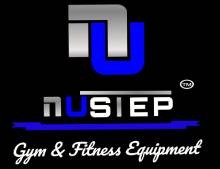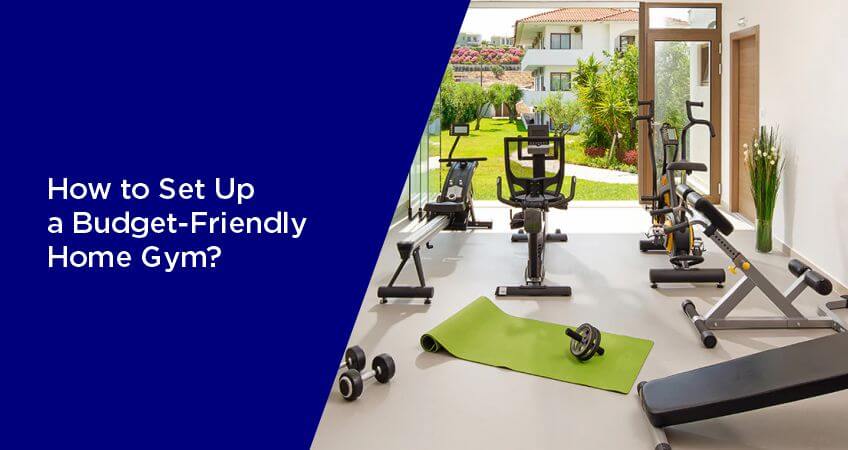Creating a home gym on a budget is an achievable goal that can lead to significant long-term savings and convenience. By carefully planning and selecting versatile equipment, you can establish a functional workout space without breaking the bank. Here’s a comprehensive guide to setting up a budget-friendly home gym.
1. Assess Your Fitness Goals and Space
Begin by identifying your primary fitness objectives—whether it’s strength training, cardiovascular health, flexibility, or a combination. This clarity will guide your equipment choices. Next, evaluate the available space in your home. Whether it’s a spare room, garage corner, or a section of your living room, understanding your spatial constraints ensures efficient planning.
2. Prioritize Essential Equipment
Focus on acquiring versatile equipment that offers multiple exercise options:
-
Resistance Bands: Affordable and space-saving, they are ideal for strength training and stretching exercises.
-
Adjustable Dumbbells: These provide varying weight options without the need for multiple sets, saving space and money.
-
Jump Rope: An excellent tool for cardiovascular workouts, improving coordination and endurance.
-
Stability Ball: Useful for core exercises, and balance training, and can double as a makeshift bench.
-
Yoga Mat: Essential for floor exercises, stretching, and yoga routines.
3. Explore Second-Hand Equipment
Purchasing used equipment can significantly reduce costs. Check local classifieds, online marketplaces, and community groups for deals on items like treadmills, stationary bikes, or weight benches. Ensure the equipment is in good condition and meets safety standards before purchasing.
4. DIY Solutions
For those who are handy, creating your own equipment can be both cost-effective and rewarding:
-
Sandbags: Fill sturdy bags with sand to create adjustable weights for lifting and functional training.
-
Plyometric Boxes: Construct boxes for jump training using affordable materials and basic carpentry skills.
-
Pull-Up Bars: Install a durable bar in a doorway or garage for upper body exercises.
5. Utilize Bodyweight Exercises
Remember, some of the most effective workouts require minimal to no equipment:
-
Push-Ups and Pull-Ups: Strengthen the upper body using just your body weight.
-
Squats and Lunges: Target lower body muscles without any equipment.
-
Planks and Burpees: Enhance core strength and cardiovascular fitness with these full-body movements.
6. Invest Gradually
Building your home gym over time allows you to manage expenses effectively:
-
Start Small: Begin with essential items like resistance bands and a yoga mat.
-
Plan Purchases: Create a wishlist and prioritize equipment based on your evolving fitness needs and available funds.
-
Monitor Sales: Keep an eye out for seasonal discounts, second-hand deals, and community sales to acquire equipment at reduced prices.
7. Optimize Your Space
Designing your gym area thoughtfully enhances functionality:
-
Storage Solutions: Use shelves, hooks, or bins to keep equipment organized and accessible.
-
Mirrors: Installing mirrors can help monitor form and make the space feel larger.
-
Flooring: Invest in interlocking foam mats to protect your floors and provide cushioning during workouts.
8. Leverage Technology
Access to online resources can enrich your fitness journey:
-
Fitness Apps: Many free or low-cost apps offer workout routines, tracking, and virtual coaching.
-
Online Classes: Platforms like YouTube provide a plethora of workout videos catering to various fitness levels and interests.
9. Safety First
Ensuring safety in your home gym is paramount:
-
Proper Form: Educate yourself on correct exercise techniques to prevent injuries.
-
Equipment Maintenance: Regularly inspect and maintain your equipment to ensure it remains in safe working condition.
-
Consult Professionals: If you’re new to exercise, consider consulting a fitness professional to design a safe and effective workout plan.
10. Stay Motivated
Maintaining motivation can be challenging; consider these strategies:thetimes.co.uk
-
Set Realistic Goals: Establish achievable milestones to keep you focused and driven.
-
Track Progress: Keep a workout journal or use apps to monitor improvements and stay accountable.
-
Create a Pleasant Environment: Personalize your gym space with motivating décor, adequate lighting, and music to make workouts enjoyable.
By implementing these strategies, you can create a functional and inspiring home gym that aligns with your budget and fitness aspirations. Remember, consistency and creativity are key components of a successful fitness journey.
What innovative solutions have you implemented in your budget-friendly home gym setup? Share your experiences and tips!


